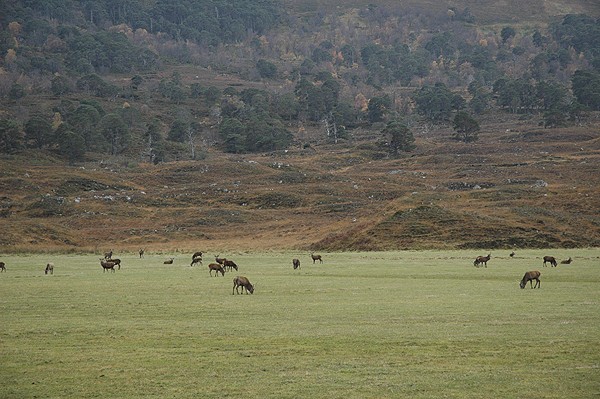EXCLUSIVE: Deer cull numbers wrong

Shooting Times spoke to Dr Paul Dolman of the University of East Anglia, after national newspapers and the BBC claimed that he had said that 50 per cent of the UK’s deer population needed to be culled.
Dr Dolman, whose research article, Achieving Landscape-Scale Deer Management for Biodiversity Conservation: The Need to Consider Sources and Sinks, was published in The Journal of Wildlife Management, told Shooting Times that the mainstream press had printed figures that did not come from his research: “Those figures did not come from us,” he said. “They were taken out of context when I presented my research — I had said that ‘Nobody knows how many deer there are in the UK; online estimates suggest there may be 1.5million’.”
In his research, Dr Dolman called for the need for a more reliable method of counting the deer population, saying that deer management should be based on accurate figures. “What our research shows is that with no reliable or robust counting methods, it is difficult to set effective cull targets,” he said.
The study also shows that, without a realistic assessment of numbers, it is impossible to know how effective deer management is. According to Dr Dolman, “The deer population can appear to be stable, as it did in the area that we surveyed. This might suggest that the numbers of deer being culled were correct. However, we found that large numbers of deer were emigrating out of the cull areas, so the managed population was still helping to drive increases in the wider region without deer managers knowing.”
Dr Dolman believes a joined-up, holistic approach is required. He said: “Understandably, English land managers want to maintain autonomy. However, with this autonomy comes responsibility.” Dr Dolman suggests that stalkers and land managers should co-operate to achieve a stable population of deer. “I am 110 per cent supportive of deer management groups, such as those encouraged by the Deer Initiative, which help co-operation in a wider area to achieve an effective cull,” he said.
The outcome of different management approaches has not been compared in the research article, according to Dr Dolman: “Objectives can differ between estates and land managers. For example, an estate that prioritises income from stalking will have a different approach to one that manages its land for wood fuel production.”
The research, which took place across a 234km∂ area of eastern England, showed that the migration of deer could give a misleading impression of the effectiveness of culls. He said: “We found that, in the area where our research was carried out, a cull of 50 per cent of muntjac would be useful in stabilising numbers, while, with roe, a 60 per cent cull would offset productivity. With red and fallow, a 30 per cent cull was enough. It is important to add that those figures are applicable in the area where the research took place, but that figures might vary tremendously in other regions. Factors such as sex ratio, fertility and habitat should determine the numbers of deer that need to be culled.”








